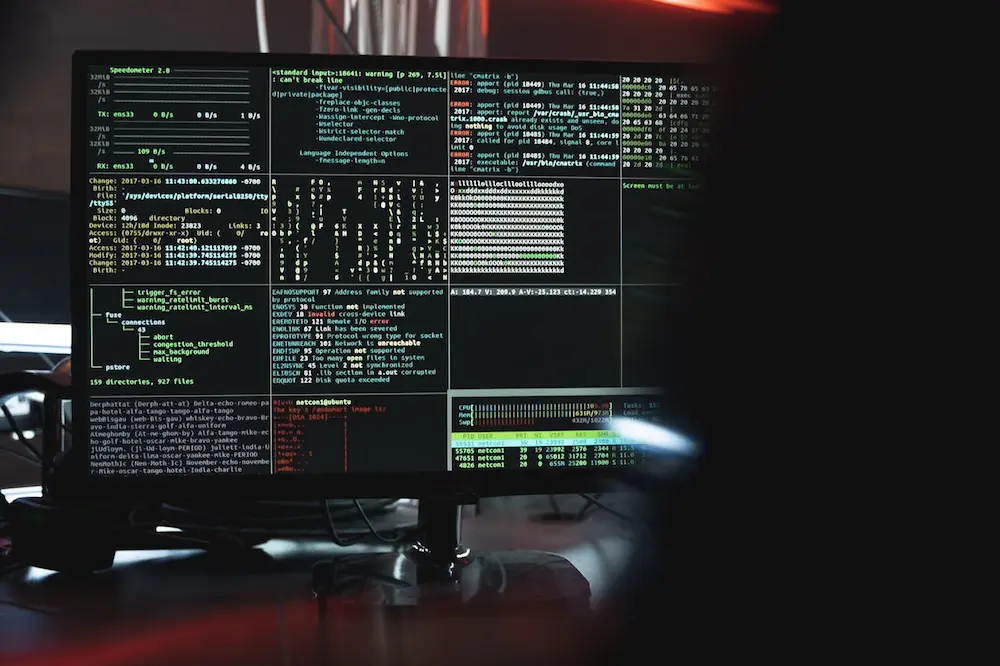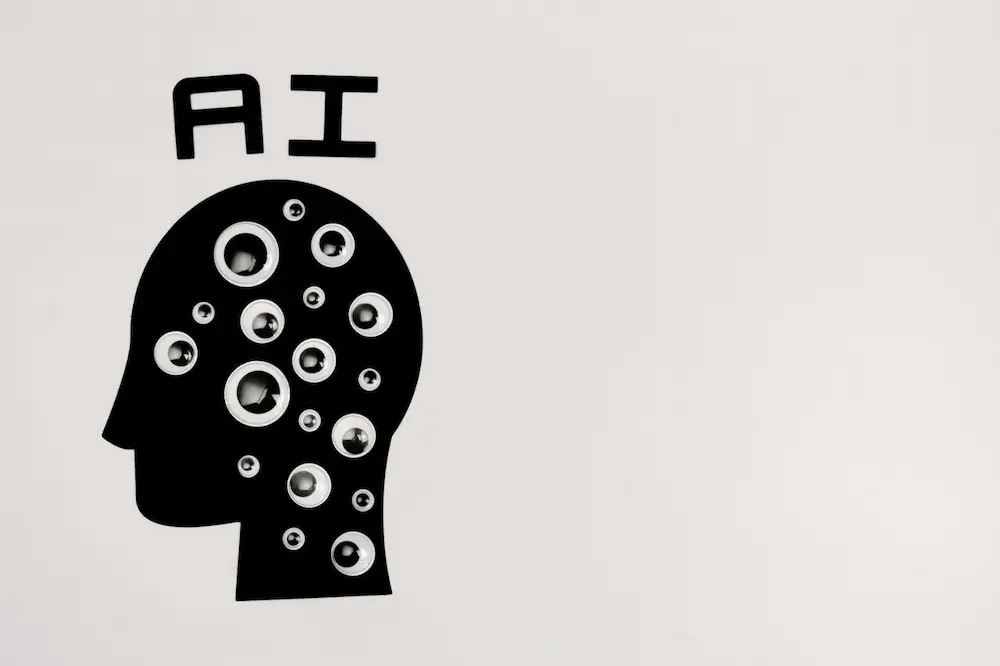In the technologically drenched landscape of modern business, artificial intelligence has ascended from being a mere buzzword to driving pivotal decisions across a myriad of industries. From personalizing user experiences to streamlining internal processes, AI boasts the capability of revolutionizing efficiency and innovation. However, such integration isn’t without its challenges, chief among them being cybersecurity. Ensuring AI systems are impregnable against cyber threats is non-negotiable. In this blog post, we’ll explore some of the essential cybersecurity measures that companies must undertake to secure their AI integration without stifling the technology’s potential.
Building a Robust Defense
AI technology, though potent, creates a dynamic attack surface that is clear bait for malevolent actors. The very sophistication that allows AI to adapt and learn also presents a significant challenge in defending it. A proactive defense strategy is crucial, and it begins with understanding the AI applications and their inherent vulnerabilities. One key practice is to employ continuous monitoring and threat modeling that evolves with the AI system’s learning mechanisms. Simulating attack scenarios and employing adversarial testing can also expose unforeseen weaknesses, leading to a more resilient architecture. Another vital step is to nurture a security-centric culture within the organization and ensure cybersecurity best practices are ingrained at every level, from the development team to the C-suite.
Enlightened Governance and Compliance
Cybersecurity governance must be as adaptive as the AI systems it oversees. Companies should establish clear AI usage policies that encompass security protocols and compliance frameworks. This begins with the drafting of comprehensive guidelines that address AI model deployment, data governance, and user permissions. It should also incorporate the regulatory frameworks that govern data use and privacy, such as GDPR and CCPA. Regular audits and impact assessments are essential for ensuring compliance and identifying any discrepancies that could lead to breaches. Transparency in AI use and data handling is not only a regulatory requirement in many jurisdictions but also serves to build trust with customers and stakeholders.
Limited Access and Controlled Environment
AI is as powerful as the data it processes. In a cybersecurity context, data proves to be both the catalyst and the keystone for AI vulnerabilities. Implementing stringent controls over data access and usage is thus pivotal. Role-based access controls (RBAC) can ensure that only authorized personnel can interact with sensitive data. Furthermore, implementing robust encryption mechanisms, both at rest and in transit, can safeguard data integrity and confidentiality. For AI testing and development, sandboxing and secure enclaves provide controlled environments that mitigate the risk of sensitive data exposure. These measures are not only crucial for cybersecurity but also for maintaining compliance with data protection laws.
Hire Cybersecurity Experts

In the complex dance between security and innovation, expertise can be the decisive edge. Bringing on board cybersecurity professionals who truly understand the intersections between AI and security is imperative. As evident at fortifai.org, experts will help you create a more transparent and responsible AI environment. They can develop bespoke security protocols tailored to your AI systems and train staff to spot and respond to security threats effectively. Furthermore, staying abreast of the latest security trends and solutions through continuing education is necessary in the rapidly evolving AI landscape. Investments in cross-training AI and cybersecurity teams can also lead to a more integrated and effective response to potential threats.
Educating All Stakeholders
Cybersecurity measures are only as strong as the weakest link in the chain. Often, that weak link is human error. From developers to end-users, educating stakeholders about the importance of cybersecurity and the role they play in maintaining it is a critical step. Regular training on secure coding practices for developers, as well as phishing awareness and incident response drills for employees, will help fortify the human firewall. These efforts should be ongoing, adapting to current threats and technology, and shared with third-party vendors and partners, who play a significant, though sometimes overlooked, role in the cybersecurity ecosystem.
Adaptative and Real-time Monitoring
When dealing with AI, the pace of change is rapid. Cybersecurity measures must be equally agile, if not more so. Traditional monitoring methods may fall short in detecting the complex and multifaceted threats that AI systems face. Implementing AI-driven security solutions, known as AI for cybersecurity (AICS), can provide enhanced detection capabilities by learning and adapting to new threats. These systems should work in conjunction with human analysts, as the synergy between artificial and human intelligence often yields superior security outcomes. Real-time monitoring of AI-embedded devices and applications is critical for swift response to any compromise or breach, ensuring that any damage is contained and mitigated as soon as possible.
Securing AI integration in your organization requires a multifaceted approach that combines overarching strategies with meticulous attention to detail. By weaving cybersecurity into the very fabric of AI development and usage, organizations can leverage this powerful technology without being hampered by security concerns. Prioritizing a skilled workforce, stringent governance, and continuous education will ultimately lead to a safe and productive AI landscape.









